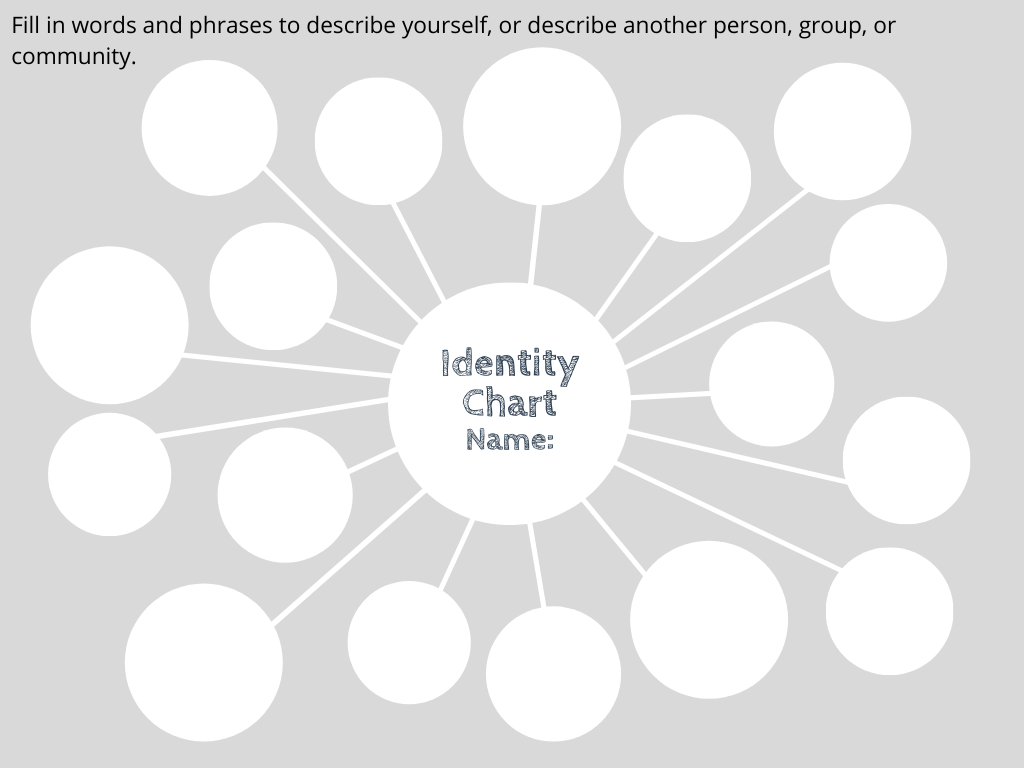Updated: Apr 7
Do you know how your class will honor and celebrate Women’s History Month? Women’s History Month begins on March 1st and ends on March 31st, with March 8th serving as International Women’s Day. The 2021 theme will be “Valiant Women of the Vote: Refusing to Be Silenced.”
With the hustle and bustle of everyday teaching, it is easy to pull ready made lesson plans, but before you hit download, consider these “Do’s and Don’ts of Teaching Women’s History.”
Do’s
Let students’ identities serve as a bridge for understanding women’s history.
When introducing your women’s history curriculum, begin with focusing students’ attention on their own identity by using an Identity Chart. For examples and procedures on how to use this graphic tool, see Teaching Strategy: Identity Charts. Identity Charts will not only build community within your classroom, but will help deepen your students’ understanding of themselves and help serve as a bridge for understanding different groups, communities, and historical figures. This activity will also work as an important tool for engaging male students with women’s history. After students explore their identity, they can create an Identity Chart for a woman they are studying and find connections. Download our Identity Chart here. For an editable slide to assign to students click here. Acknowledging and encouraging students to research women that look like them or have similar experiences and backgrounds will help guide discussions and lessons.

Explore the stories of female minorities.
If your students are having trouble identifying themselves in mainstream narratives, take a moment to set up students to see that history has gaps and can be biased. Inform students that narratives centered around diverse women are often incomplete or overlooked. Create opportunities for students to research historical events from a multicultural perspective to amplify the voices and work of female minorities.
For example, Elizabeth Cady Stanton and Susan B. Anthony are the most widely known suffragists and are said to be the “foremothers” of the struggle for women’s equality. When discussing the Women’s Suffrage Movement, spotlight how Black women also played an active role, but were excluded from organizations and activities. Black women like Mary Church Terrell and Frances Ellen Watkins Harper were essential to the Women’s Rights Movement and Civil Rights Movement as they understood that both their sex and race affected how they were treated and limited their opportunities. Matilda Joslyn Gage, a Native American woman, was also a suffragist and simultaneously fought for Native American rights.
Highlight to students that when the 19th Amendment was passed in 1920, not all women received the right to vote. African American women were not able to vote until 1965. Dr. Mabel Ping-Hua Lee, a Chinese suffragist, did not get the right to vote until 1943. The Chinese Exclusion Act prevented her from voting, although she fought side by side with white woman. Help focus students’ attention on stories about diverse women who are unapologetically themselves and have fought against systemic oppression for their power everyday. For more information on suffrage in America for women of color check out “Between Two Worlds: Black Woman and the Fight for Voting Rights” and “How Native Americans Inspire the Women’s Rights Movement.”

Focus on the “big” and “small” stories.
Showcase women’s roles in shaping United States History, but move beyond popular names and accomplishments. Provide your students with an opportunity to research women whose work has been ignored or overshadowed throughout history. Showcase their extraordinary work, and teach students that although they are not the “first” or “most popular” to break barriers they are certainly essential in bending barriers. Students can research less recognized female activists, authors, professors, doctors, or dancers and their accomplishments. Further spotlight the social context of these stories and how gender, racial, and economic injustices play a role in omitting women’s stories and accomplishments.
Encourage students to expand their research questions beyond: “Who is she?” and “What did she do?” Instead ask, “Why is this important?” “How did she impact society?” “What injustices did she face?” “How did these injustices impact her path and the paths of her followers?” As a starting point, take a look at “11 Overlooked Women in History” and then read “More Than a Name: Teaching Historical Firsts” by Cory Collins to learn more about moving beyond teaching “who.”
Teach women’s history all year long.
You do not need to separate your curriculum as women’s history lesson plans do not have to exist only in March. Discussions centered around gender roles, stereotypes, gaps, and issues can be held all year long. Set up your classroom to be a safe place to discuss ongoing challenges women face. For example, gender pay gaps are a suitable research and discussion topic all year long. Equal Pay Day for all women occurs on March 24th, along with several other symbolic pay days throughout the year to spotlight pay gaps based on a woman’s ethnicity. These symbolic dates are dedicated to bringing awareness to the gender pay gap and can be studied with your students. To explore resources centered around the fight for equal pay, check out the Equal Pay Today organization. Furthermore, students can explore online exhibits year round on the National Women’s History Museum website or read all year long using our Women’s History Epic Collection here to continually find powerful female stories.

Don’ts
Don’t forget to bring up gender stereotypes.
As students explore women’s stories, do not shy away from addressing gender stereotypes when they are present in readings or sources. Discussing stereotypes can help students learn to identify them in television, media, and their daily lives. It can also help students understand the impact stereotyping can have. If stereotypes are present, take a moment to present counter-stereotypes and teach students to have broader perspectives about gender to combat them. When creating lesson plans, seek out stories or sources that spotlight women in nontraditional occupations or women that defy stereotypes. For more information on how to address stereotypes with your students, check out “Age Appropriate Tips for Addressing Gender Stereotypes in the Classroom.”
Don’t forget to integrate current events.
Seamlessly add women’s stories and their everyday contributions by teaching current events. Check out the following newscasts and lesson plans on the NexGen News website that showcase how women are making history everyday.
- New Zealand Parliament Most Diverse Ever
- Sisters Team Up to Battle Climate Change
- Young Gymnast Raises the Bar
- A New Wave of Professional Surfers
If you would like to learn more about teaching women’s history check out, Coshandra Dillard’s “A More Complete Women’s History.”
Written by NexGen News staff member, Brittany Acevedo.


